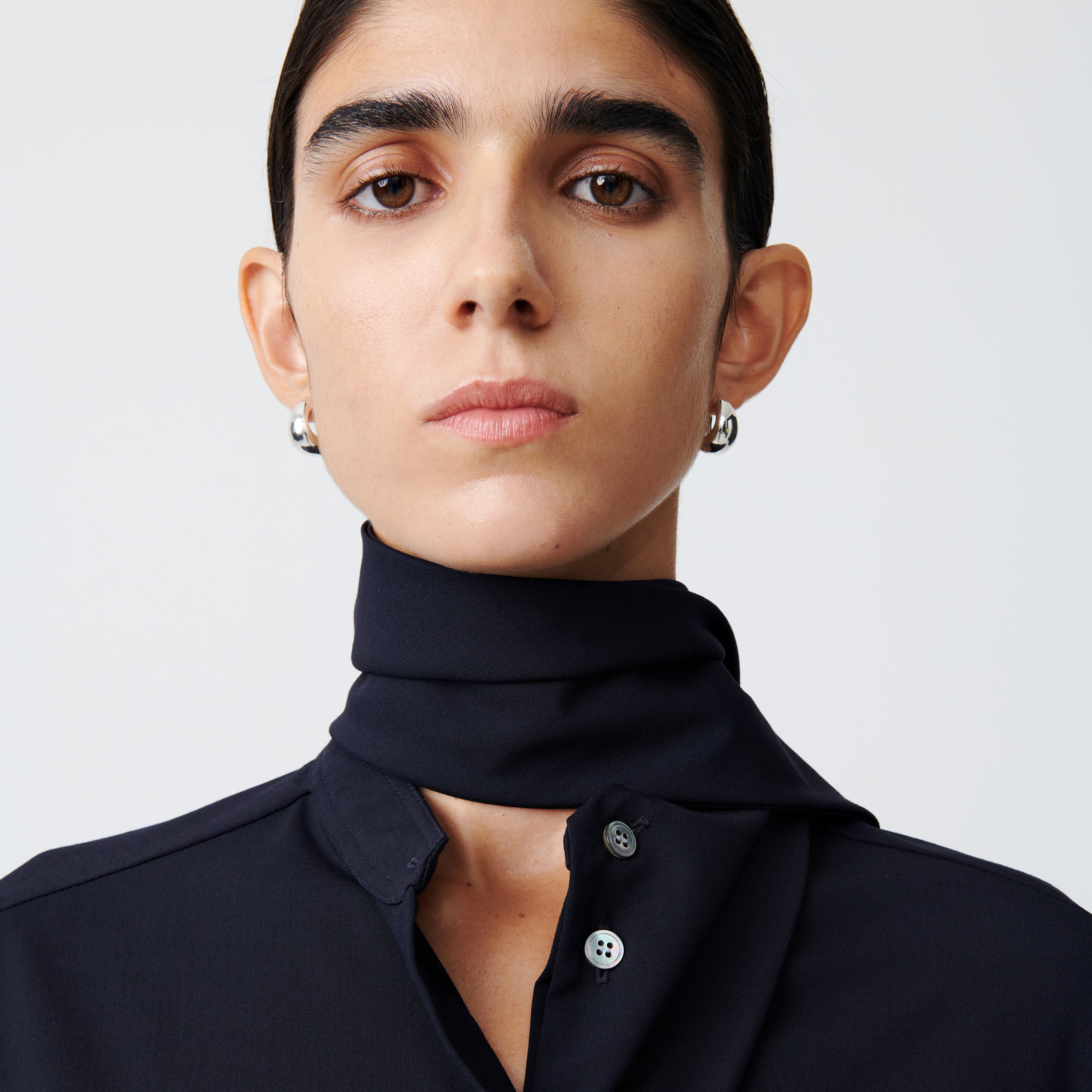






photo credits: Marcus J. Leith / HFG-Archiv and Ulmer Museum
For its latest exhibition, East London gallery Raven Row tells the fascinating story of Germany’s pioneering Hochschule für Gestaltung Ulm - Ulm School of Design - through a series of beautifully minimal products.
Rejecting the concept of designer as artist, the Ulm School had little time for those who considered their profile more important than their output. Formed in 1953, the school was imagined as a place where design, in both its teaching and execution, could be approached as a collective effort, the designer no longer a lone genius front and centre of their work. Tapping into the skills of each department, students and teachers from Visual Communication, Product Design, Film, Information and Industrialised Building would contribute their unique perspective on a project’s development. Creating a systemised and integrated structure not only set a new direction for education but also ensured that design solutions would function on multiple levels.
Established against the backdrop of post-WW2 reconstruction across a devastated Europe, the institution was part of a wider progressive movement aiming to bring a human element back to design and provide a more positive, forward-thinking voice in the creative community. Following a decade of global instability, the school set out its ambitious aims. Rector Tomás Maldonado describes: “the HfG is more like a community whose members share the same intentions: bestowing structure and stability upon the world around us.”
With this in mind, founders Inge Aicher-Scholl, Otl Aicher and Bauhaus alumnus Max Bill placed social responsibility at the core of the college's ethos. A vision almost utopian in its aims, practical and rational, design’s greater mission was to contribute and respond to the needs of society. Forming strong links with industry, the school worked with some of Germany’s biggest corporations to produce truly useful products and identities, all in line with the ‘Ulm model.’
A short-lived project, the school shut its doors in 1968, internal conflict over its direction bringing the institution’s vision to a premature halt. Looking back over the Ulm’s ground-breaking 15 years, Spitalfield’s Raven Row gallery gathers together some of the most iconic pieces developed by the school. Star attraction: a selection of early Braun audio equipment dotted across three floors, much of which was designed in collaboration with the company’s new hire, Dieter Rams. Lesser-known but equally impressive, highlights include the stripped back furniture used across the school’s student accommodation as well as a heavyweight Pfaff sewing machine. In contrast to Ulm’s typically austere palette, a range of colourful Lufthansa paper products from baggage tags to boarding passes as well as a striking set of primary colour briefcases for Hanning, demonstrate the school’s versatility.
Curated by Braun expert Peter Kapos and designed by award-winning practice David Kohn Architects, catch the exhibition in its last week. - LD
Raven Row, 56 Artillery Lane, London E1 7LS until December 18th
www.ravenrow.org/


